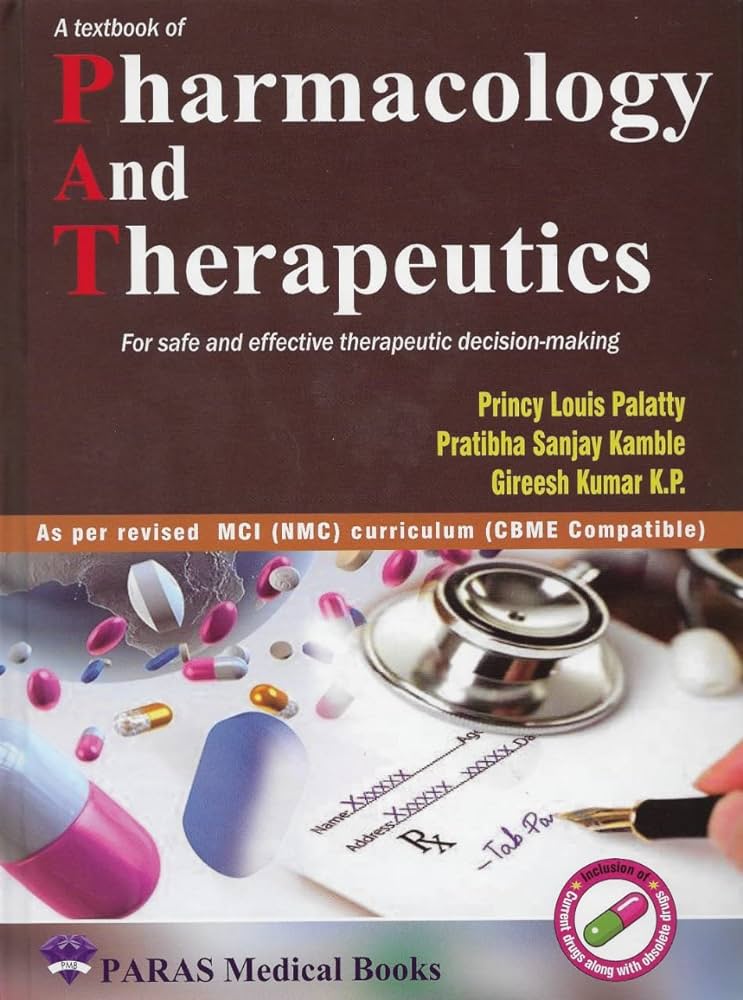大麻素受体1配体:偏倚信号机制驱动功能选择性药物发现。
IF 12.5
1区 医学
Q1 PHARMACOLOGY & PHARMACY
引用次数: 0
摘要
G蛋白偶联受体(gpcr)采用激活或抑制不同信号通路的构象状态,包括由G蛋白或β-阻滞蛋白介导的信号通路。通过gpcr的偏导信号可能提供一种有希望的策略来提高治疗效果,同时减少不良反应。大麻素受体1 (CB1)是内源性大麻素系统中的关键GPCR,具有治疗疼痛、焦虑、认知障碍、精神障碍和代谢疾病等疾病的潜力。本文综述了CB1与不同信号通路耦合的结构构象,并探讨了偏向信号传导的机制,这对设计功能选择性配体至关重要。我们讨论了内源性大麻素(eCBs),植物大麻素和合成大麻素配体的结构-功能关系。诸如配体偏倚筛选的复杂性、明显偏倚配体的有限可用性以及体内受体信号谱的可变性等挑战阻碍了临床进展。尽管偏置配体在各种临床条件下的治疗潜力仍处于起步阶段,但回顾性鉴定这些分子为进一步发展提供了坚实的基础。CB1晶体学的最新进展,特别是对其与G蛋白和β-阻滞蛋白构象的深入研究,现在为基于结构的药物设计提供了一个框架。虽然偏倚CB1配体在临床实践中广泛应用还有很长的路要走,但正在进行的多学科研究表明,在针对特定途径实现功能选择性是有希望的。这些进展可能会导致未来开发出更安全、更有效的基于大麻素的治疗方法。本文章由计算机程序翻译,如有差异,请以英文原文为准。
Cannabinoid receptor 1 ligands: Biased signaling mechanisms driving functionally selective drug discovery
G protein-coupled receptors (GPCRs) adopt conformational states that activate or inhibit distinct signaling pathways, including those mediated by G proteins or β-arrestins. Biased signaling through GPCRs may offer a promising strategy to enhance therapeutic efficacy while reducing adverse effects. Cannabinoid receptor 1 (CB1), a key GPCR in the endocannabinoid system, presents therapeutic potential for conditions such as pain, anxiety, cognitive impairment, psychiatric disorders, and metabolic diseases. This review examines the structural conformations of CB1 coupling to different signaling pathways and explores the mechanisms underlying biased signaling, which are critical for the design of functionally selective ligands. We discuss the structure-function relationships of endogenous cannabinoids (eCBs), phytocannabinoids, and synthetic cannabinoid ligands with biased properties. Challenges such as the complexity of ligand bias screening, the limited availability of distinctly biased ligands, and the variability in receptor signaling profiles in vivo have hindered clinical progress. Although the therapeutic potential of biased ligands in various clinical conditions remains in its infancy, retrospective identification of such molecules provides a strong foundation for further development. Recent advances in CB1 crystallography, particularly insights into its conformations with G proteins and β-arrestins, now offer a framework for structure-based drug design. While there is still a long way to go before biased CB1 ligands can be widely used in clinical practice, ongoing multidisciplinary research shows promise for achieving functional selectivity in targeting specific pathways. These progress could lead to the development of safer and more effective cannabinoid-based therapies in the future.
求助全文
通过发布文献求助,成功后即可免费获取论文全文。
去求助
来源期刊
CiteScore
23.00
自引率
0.70%
发文量
222
审稿时长
90 days
期刊介绍:
Pharmacology & Therapeutics, in its 20th year, delivers lucid, critical, and authoritative reviews on current pharmacological topics.Articles, commissioned by the editor, follow specific author instructions.This journal maintains its scientific excellence and ranks among the top 10 most cited journals in pharmacology.

 求助内容:
求助内容: 应助结果提醒方式:
应助结果提醒方式:


